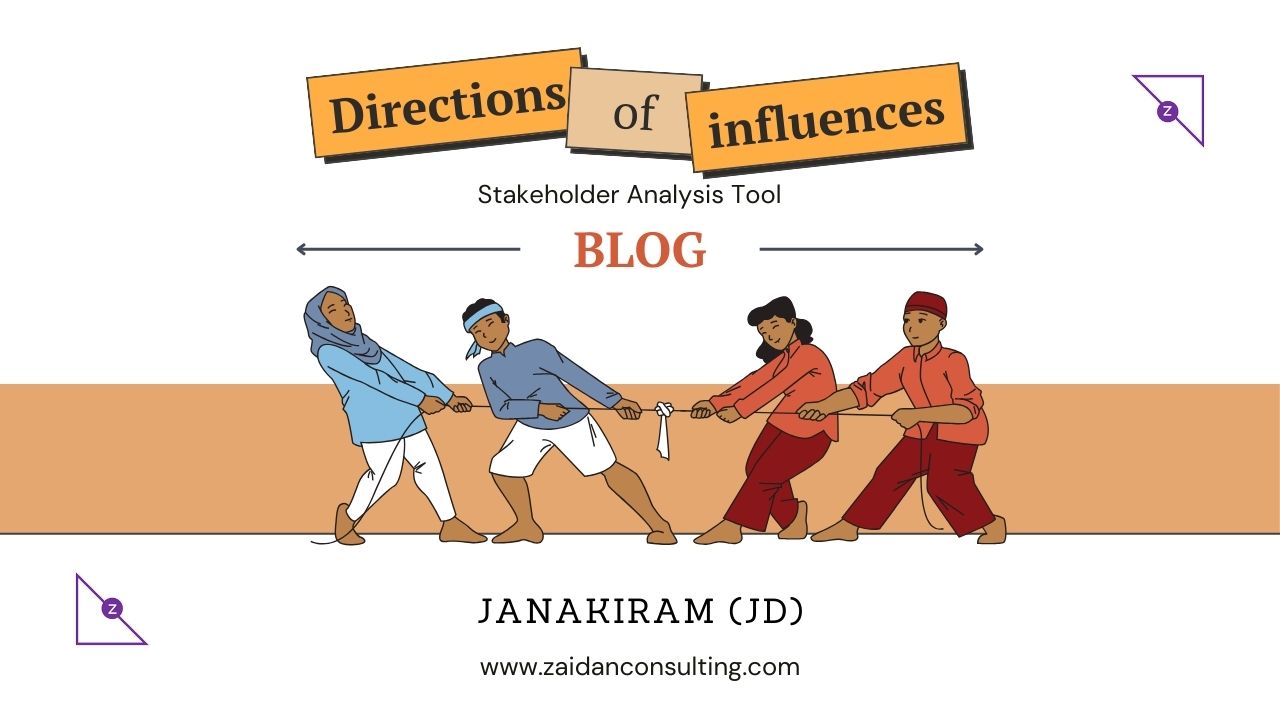Stakeholder Analysis in essential in Project Management. Not only do you need to identify your Stakeholders, you also need to know them. You need to identify them because you do not want surprises in the later stages of the Project. And you need to “know” them because you have prioritize your engagement with them. This is important because you can engage all your stakeholders with a single approach or technique. Different stakeholders have different levels of influence and interest in the Project.
Video: Directions of Influences
You should also be aware of the direction from which a stakeholder can influence your Project. Directions of Influence is a technique used for identifying and analyzing stakeholders in your Project.
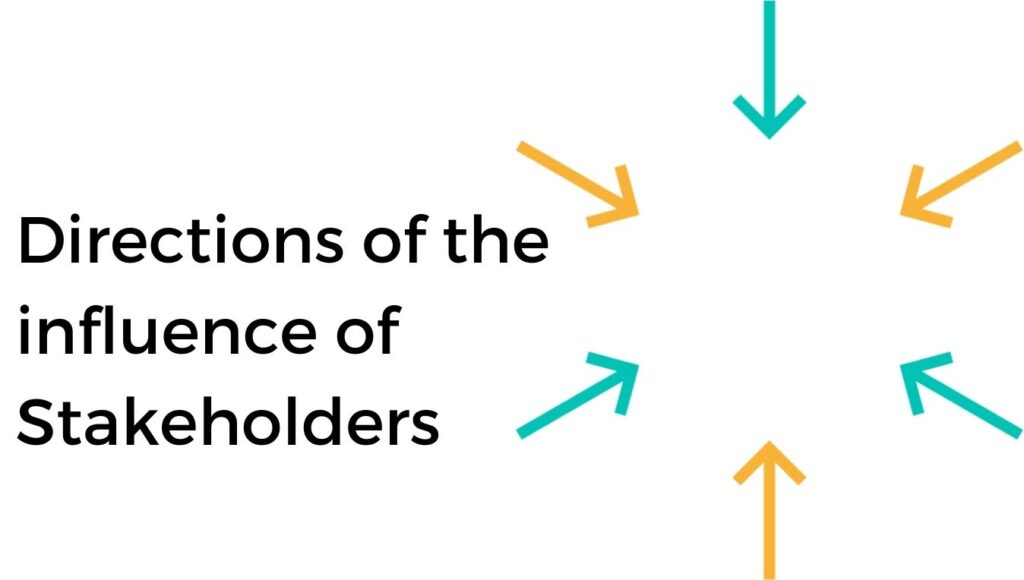
Directions
This can be used to identify the direction from which the Stakeholder can influence the stakeholder. The directions are namely:
- Sidewards
- Downwards
- Outwards
- Upwards
Let us go through these directions one by one. Imagine yourself to be the Project Manager in a Project
Let us go through all the directions to understand the Stakeholders around us.
Sidewards

Towards your Sidewards are your peer Project Managers and leads from Communities of Practice. They are in a way Stakeholders. You compete for resources with the peer Project Managers and sometimes you borrow resources from them. You also do take assistance from Communities of Practice when you need help on specific skills for specific situations.
Peer project managers play a crucial role in supporting a project by contributing their skills, knowledge, and experience. Here are several ways in which peer project managers can help a project:
- Knowledge Sharing
- Collaboration
- Risk Management
- Resource Allocation
- Mentoring and Coaching
- Quality Assurance
- Decision Support
- Continuous Improvement
Downwards
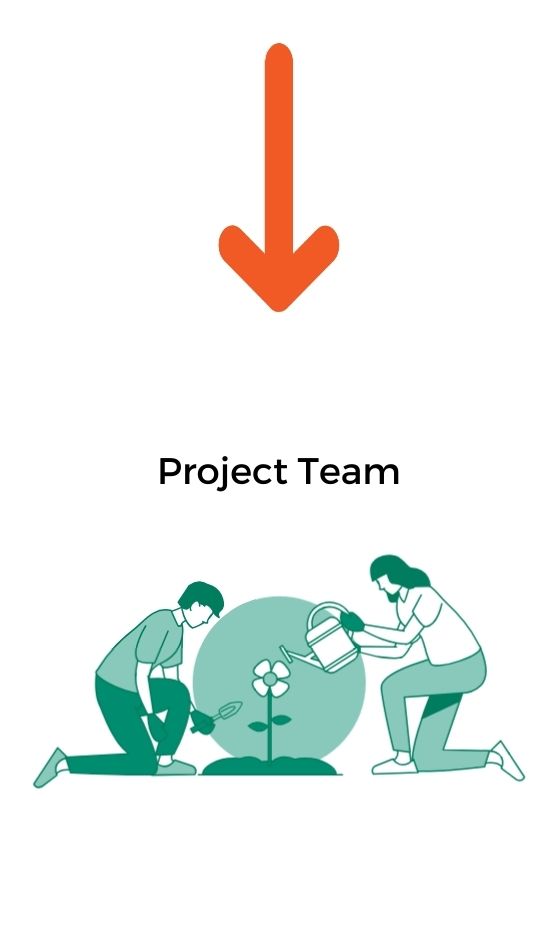
Towards your downwards are the Project team members. They are for sure stakeholders of the Project as they are the ones who come up with Project deliverables. A project team can be considered stakeholders of a project, and their involvement is crucial to the success of the endeavor. Here’s how a project team can be regarded as stakeholders and contribute to the project:
- Investment of Time and Effort
- Expertise and Contributions
- Project Ownership
- Communication and Collaboration
- Feedback and Improvement
- Alignment with Project Objectives
- Stakeholder Representation
- Risk Management
- Client Interaction
In essence, the project team is a vital stakeholder group, as their skills, efforts, and collaboration significantly influence the project’s success. Recognizing and involving the team as stakeholders ensures that their perspectives and contributions are valued throughout the project lifecycle.
Outwards

Outwards to the Project, you have your customers, government and vendors. Customers are your stakeholders as they are the ones who give the requirements. Governments can impact your Project through regulations and compliance requirements. Vendors are also stakeholders as they also contribute to the Project deliverables.
Contractors or vendors can be important stakeholders in a project, particularly if they are external entities providing goods, services, or expertise. Their involvement and performance can significantly impact the project’s success. Here’s how contractors or vendors can be considered stakeholders in a project:
- Service/Product Delivery
- Financial Interest
- Risk Management
- Communication and Collaboration
- Client Satisfaction
- Regulatory Compliance
- Continuous Improvement
Recognizing contractors or vendors as stakeholders ensures that their interests align with project goals and that their contributions are integral to the project’s overall success. Open communication, collaboration, and a shared commitment to project objectives are essential for effective stakeholder management involving external entities.
Upwards
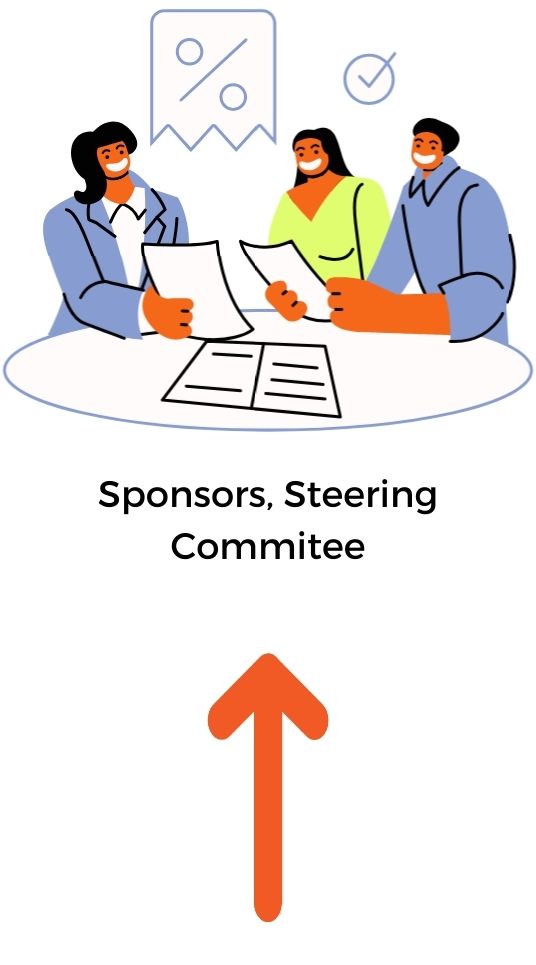
Upwards to your Project are your Sponsors and Senior Leadership. Like your Project Sponsor, Your Program Manager and the Steering Committee. Their decisions do impact the Project and hence they can be considered as Stakeholders.
A steering committee is a group of high-level stakeholders responsible for providing guidance, oversight, and strategic direction to a project. The steering committee itself can be considered a collective stakeholder with significant influence over the project’s success. Here’s how a steering committee functions as stakeholders in a project:
- Strategic Decision-Making
- Project Governance
- Resource Allocation
- Change Control
- Performance Monitoring
- Project Closure
- Representation of Interests
Recognizing the steering committee as stakeholders emphasizes their critical role in shaping the project’s direction and ensuring its success within the broader organizational context. Effective communication, collaboration, and shared decision-making are essential components of managing the steering committee as stakeholders in a project.
Conclusion
And just like that you can assess the impact of the Stakeholders based on the directions from which they influence. Understanding these directions of influence is essential for effective stakeholder management. Project managers need to identify key stakeholders, assess their interests, expectations, and power, and strategically manage communication and relationships to ensure a positive impact on the project’s success. It also involves recognizing potential conflicts and finding ways to align the diverse interests of stakeholders for the benefit of the project.
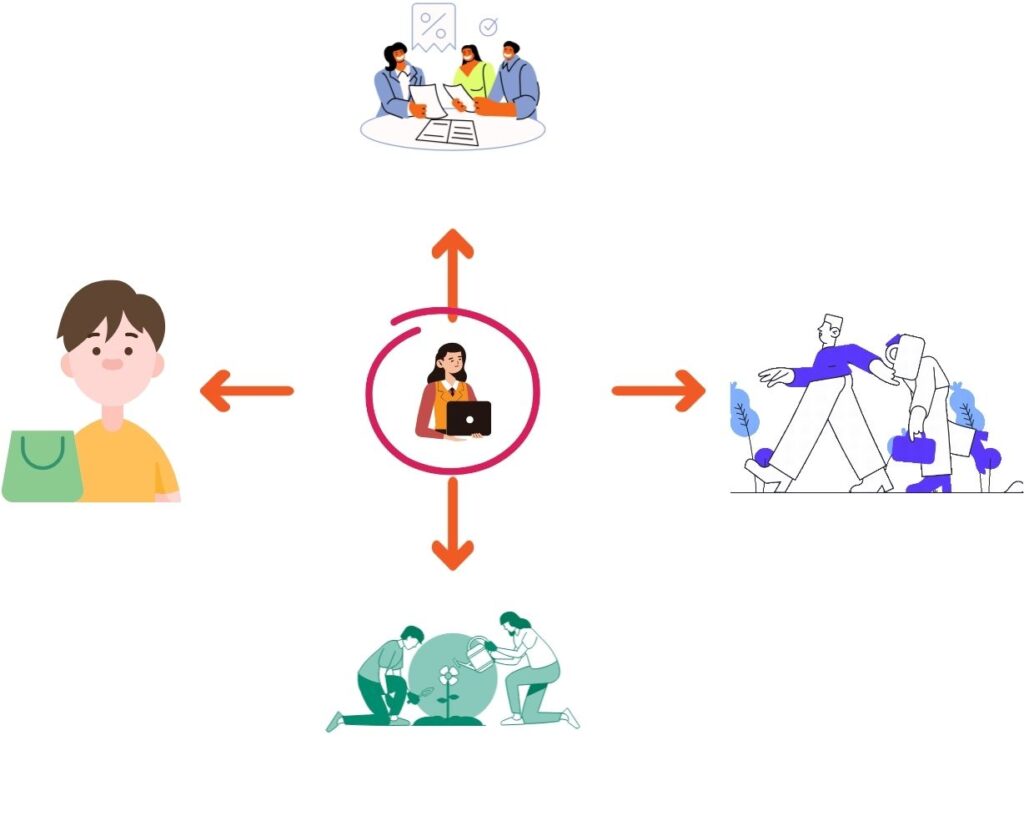
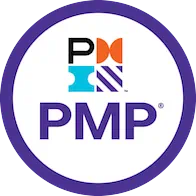
Our PMI® PMP®-Prep Course
If interested in this course, click here
- Case study based training
- LIVE instruction 36 Hours
- Post course guidance
- Exercise per topic
- 4 Mock exams for practice
- WhatsApp group support
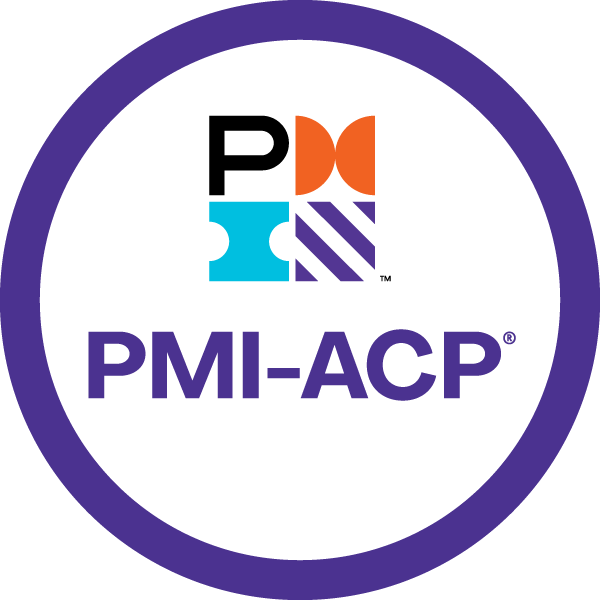
Our PMI® ACP®-Prep Course
If interested in this course, click here
- WhatsApp group support
- 4 Mock exams for practice
- Exercise per topic
- LIVE instruction 20 Hours
- Post course guidance
- Case study based training

JD (Coach/Instructor/Writer)
JD (a.k.a Janakiram) is a Project Management Coach, Trainer Author and Practitioner @Zaidan Consulting. He comes with around 17+ Years of experience primarily from the Software Industry. He is certified on PMI® PMP®, ACP®, Scrum Alliance CSM and Microsoft Certified Solution Developer on C#.NET. He has also authored the book “Practical Agile for Beginners”

About Zaidan Consulting
Zaidan Consulting are specialists in Project and Program Management space. Our training offerings include:
- Project Management Training
- Agile Training
- PMI®-ACP® Prep Training
- PMI®-PMP® Prep Training
- PMI®-CAPM® Prep Training
- ScrumStudy™ Authorized Training Partner (A.T.P)
Or you can contact us @+(91) 7672011471
Or Email us: contact@zaidanconsulting.com
